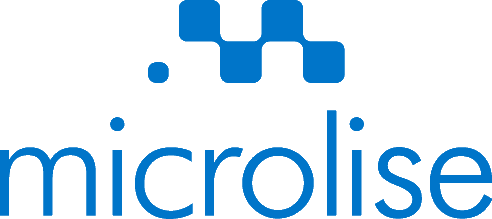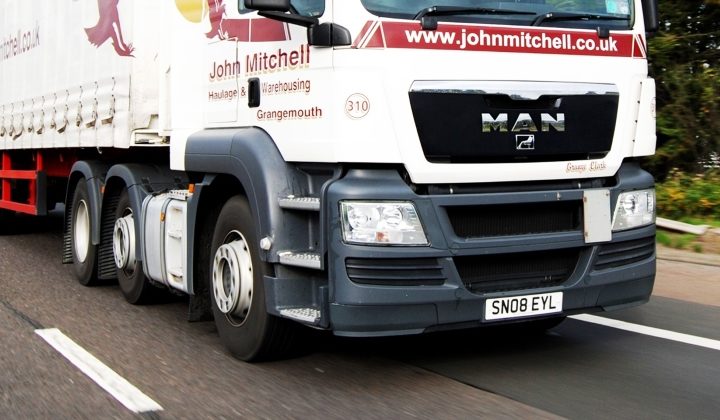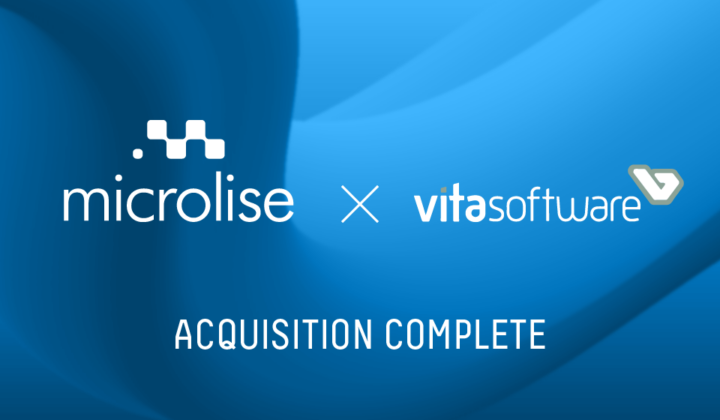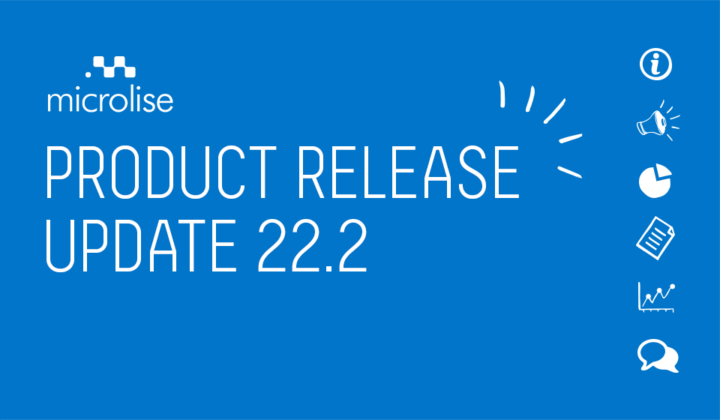With almost two decades’ experience across the transport and technology sector, Luke Olsen, Microlise Director of Sales for Asia Pacific, shares his thoughts on the key challenges we need to consider as we create our new version of ‘Business as Usual’ in whatever form that takes, and outlines how local customers including Coles, Gilmours and Foodstuffs are utilising Microlise’s fleet telematics & technology solutions.
System and facility inefficiency and rising costs are placing increasing pressure on transport and logistics operators. Time-poor professionals, an aging driver demographic and Chain of Responsibility (COR) compliance obligations have also created a need for innovation, increased efficiency and improved levels of driver support.
Although a relative newcomer to the Australian and New Zealand Market, Microlise has a significant foothold in the transport & logistics space with its solutions delivering value to some of the world’s largest companies and transport fleets including 14 of the UK’s 15 largest retailers, along with DHL, Carlsberg, JCB, MAN Truck & Bus UK and Tata Motors.
The Microlise team of programmers and solution designers harness new technology, putting drivers and the end customer at the heart of the challenge – and the solution. And while current global circumstances require us all to adapt to new working models, the fundamentals of solving our customer’s problems – and having our best people interact with our best customers – remains reassuringly the same.
The Case for Telematics
Telematics technology is now an essential tool for fleet operators of any significant size and for operators who introduce next-generation telematics, the business case is compelling with tangible capital, efficiency and environmental gains.
Fleet operators are also looking for end-to-end solutions, rather than having multiple systems that don’t necessarily talk to each other. Microlise has focused on that requirement by recently adding a Planning & Optimisation tool to its portfolio, building on existing Fleet Performance, Journey Management and Proof of Delivery solutions.
Safety-focused attitudes are prevalent in Australia’s commercial road transport industry.
Heavy goods vehicles and cargo vans are involved in a disproportionately high percentage of driving incidents and fatalities. Improving driver safety impacts positively on all road users, reduces insurance costs and minimises the fleet downtime needed to repair vehicles involved in shunts and bumps. Fleet safety management tools now run the gamut from driver hazard warning apps through to driver panic alarms, accident or incident recordings, multi-camera solutions and vehicle health reporting.
Emerging technology is key to tackling tomorrow’s challenges today
There’s a whole range of connected intelligence and data that we’re now able (thanks to analytics toolsets and techniques) to assemble and analyse in ways that were almost impossible just a decade ago. This granular information from vehicles now allows transport operators to analyse how the individual decisions of a driver, maintenance engineer or route planner is impacting on the business.
Route efficiency & smart planning is key
When it comes to delivery, reducing mileage run, maximising the number of stops on a given route, and getting a better fill from trucks is critical. Journey management and fleet analytics can support route selection and monitor performance against a planned schedule. However, when you integrate these tools with a feature-rich Planning & Optimisation product, you can achieve a lower cost of completion and see real efficiency gains. Planning & Optimisation supports planners to generate an optimised plan in minutes from across hundreds of thousands of permutations and allows for last-minute consignments to be added, optimised and applied to existing routes as they arrive. In the case of our solution, a unique visualisation feature also means that planners can monitor the progress of the algorithm and visualise when a plan is fully optimised against run-time KPIs.
At an operational level, the role of the driver is also changing as they are supported with increasingly advanced information technology to support last-minute planning and scheduling, and improve customer service.
Transparency & customer communication is critical
In a world where billions of people are connected via technology, an entirely new set of expectations and behaviours are shaping our transport future. People expect fast and flexible delivery with many consumers willing to pay a premium for immediate, or same-day delivery. Transport operators have no option but to adapt to this trend.
Hand-in-hand with delivery flexibility, is the need for improved customer service and communication. Customers expect a much clearer understanding of when they can expect their delivery – real-time journey updates against planned scheduling are critical to proactive communication so delivery issues can be mitigated and resolved.
Customers are becoming increasingly aware of the business value of data-driven insights.
Big data analytics is providing companies with the capacity to deliver qualitative and quantitative operational improvements across the supply chain. By harnessing sensors, mobile data and vehicle connectivity, companies can make pro-active adjustments to their planning to respond to market conditions.
However, it’s also true that many organisations are struggling under the sheer weight of data they are receiving and are not making the revenue, efficiency and customer experience gains they should be. It’s critical that information is interpreted correctly and is usable. Our data scientists interpret what the data from our live connections means for our customers, while every customer is assigned a dedicated project team until they reach a business-as-usual stage. Customers also receive training and have ongoing access to our learning management system – the Knowledge Portal – which provides product information and support tools. Our Business Transformation team supports customers to get the most out of our solutions, at any stage during the business partnership.
We think about what our clients need and innovate – sometimes in big and sometimes in small ways.
We have a standard product set that is modular. This allows customers to select the most appropriate, value-add elements that will support their key operational objectives. However what sets Microlise apart, is the development strength of the business (we currently have a talent pool of well over 100 developers) which allows us to respond to the highly specific needs of our customers with solutions that precisely match requirements.
We also have a number of other teams who feed into this ongoing product refinement process – for example our data scientists interpret what the data from our live connections means for our customers, while our business transformation team supports the change process that is often required when customers deploy new telematics technology across their business.
Now, next and after…
If we rolled back the clock five or 10 years, we’d see that vehicles were connected to an extent. So you’d have reasonable visibility, you would have some mobile workforce, iPads and so on, but what’s happened most notably in the past decade is that the diversity of items that are now connected has expanded exponentially.
Traditionally we used to focus on the here and now, but increasingly we can look at data and examine how, why and what if scenarios. There’s a vast range of connected activity that captures a huge volume of data that we’re now able – thanks to current analytics toolsets and techniques – to assemble and analyse in ways that were either challenging or impossible in years gone by. It will be exciting to see where that takes us to in the future.





